Vancouver City Council recently approved updates that allow for increased density along the new east-west subway line.
Council approved increasing building heights and densities to meet or exceed legislated minimums in certain areas within the BP.
It also removed limits on towers within 400 metres of SkyTrain rapid transit stations.
The amendments will increase the number and size of highrises in many of the 500 blocks covered by the 30-year-plan, in the area between Vine Street (on the west) and Clark Drive (east), and 1st Avenue (north) to 16th Avenue (south).
The city says “the updates will further drive additional housing choice and economic growth in the Broadway corridor.”
The original plan, which was passed in 2022, already allowed for 30,000 additional homes.
Including the amendments, the plan could create 41,500 new homes accommodating up to 64,000 additional residents.
According to a mid-December 2024 city press release, there are 139 projects in the BP development pipeline, made up of market-rental housing units,
below-market rental and social housing and strata home ownership units.
The changes in density are the result of Vancouver City Council adopting the Transit-Oriented Areas (TOA) bylaw in June 2024.
TOAs are intended to promote high-density development within walking distance of current and future transit stations.
The city’s new TOA bylaw designates 29 TOAs for rapid transit (SkyTrain) and bus stations.
In addition to increasing population density, the city says public spaces will be increased in the BP area – 13 acres of additional parks, wider sidewalks and seating areas.
Opinions on the amended BP are divided.
The city says it is “an important step in adding essential housing, job space and amenities that will meet the needs of today’s residents and future generations.”
Mark Goodman and Ian Brackett, principals of Goodman Commercial Inc, say it “promises significant benefits for the city’s multi-family housing sector.”
Russil Wvong, who belongs to a group that advocates for more housing construction, says, “We have limited land in Metro Vancouver, because of the ocean and the mountains. If we want to grow, we need to build up, especially in central neighbourhoods close to jobs and to rapid transit, where lots of people want to live.”
Many renters and small business owners in the Broadway corridor, however, are worried they’ll be displaced by the coming development.
In December 2024, 22 architects and planners wrote an open letter to Vancouver mayor and council about the BP.
In the letter, they said that, although the BP “promised a measured buildout over 30 years,” there has been “a frenzy of profit speculation, land banking, flipping and land inflation into the heart of vulnerable established, mixed-use neighbourhoods.”
The result will be the demolition of thousands of affordable homes, and “the forced resettlement of thousands of people in pursuit of what may be little if any net increase in affordable housing.”
Furthermore, “the experience of years of good planning practices…are being ignored in favour of a reliance on one type of housing: small, expensive units in towers.”
The petitioners want the city to delay the plan and “consult more widely with the public and experts to build a better city and address Vancouver’s housing crisis.”
Former City of Vancouver planner Christina DeMarco says the BP ignores what the Vancouver Regional Plan recommends for office job distribution.
“Much has changed in the region…post-COVID, rendering sections of the Broadway Plan obsolete.”
For example, says DeMarco, the vacancy rates for office space have soared in the city core, which comprises downtown and the Broadway corridor.
“Yet the amendments to the Broadway Plan make no mention of this post-COVID office vacancy situation and provide for even more job capacity.”
DeMarco says the BP needs to remove office space capacity from its goals.
“This will also enable less aggressive housing densities, more diversity in housing types and less demolition of existing affordable housing.”
Urban planner and retired developer Arny Wise says “it makes perfect planning sense” to concentrate towers on the Broadway Line and the immediate areas near subway stations.
“However, it makes no planning sense to continue plunking towers randomly on the interior streets far from subway stations and demolishing older rental apartment buildings,” Wise says.
If more towers are proposed near subway stations to comply with the TOA designations, then no towers are needed on the interior streets to accommodate the city’s population growth forecast of 50,000 new residents.
“That would provide the opportunity to protect – rather than demolish – the already affordable rental housing on the interior streets,” says Wise.


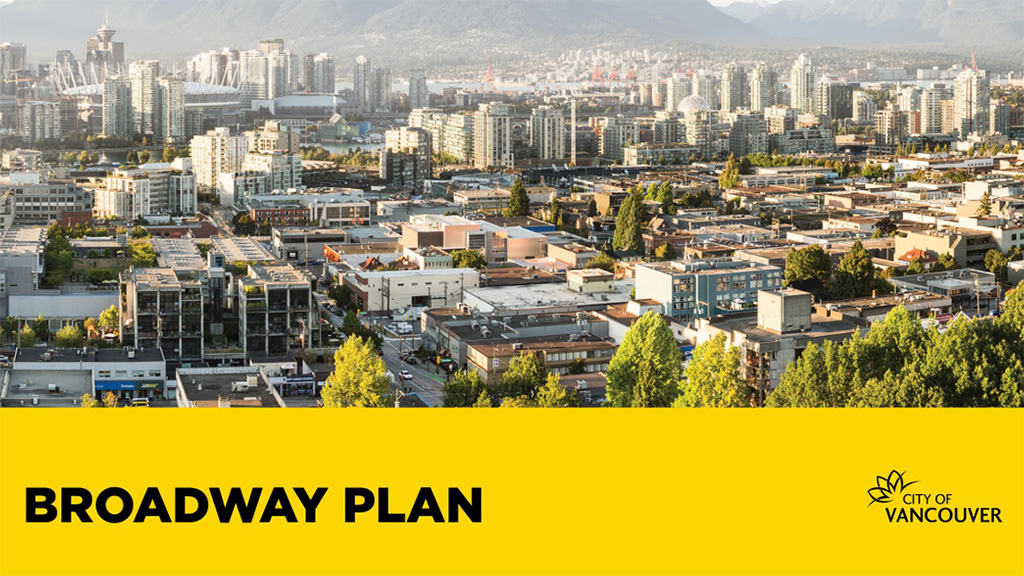
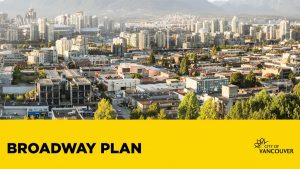
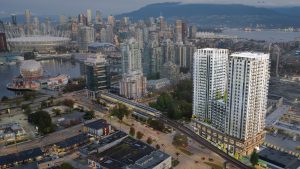


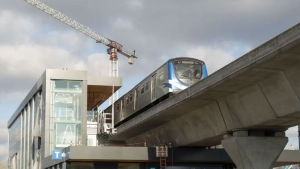
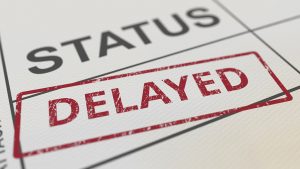


Recent Comments